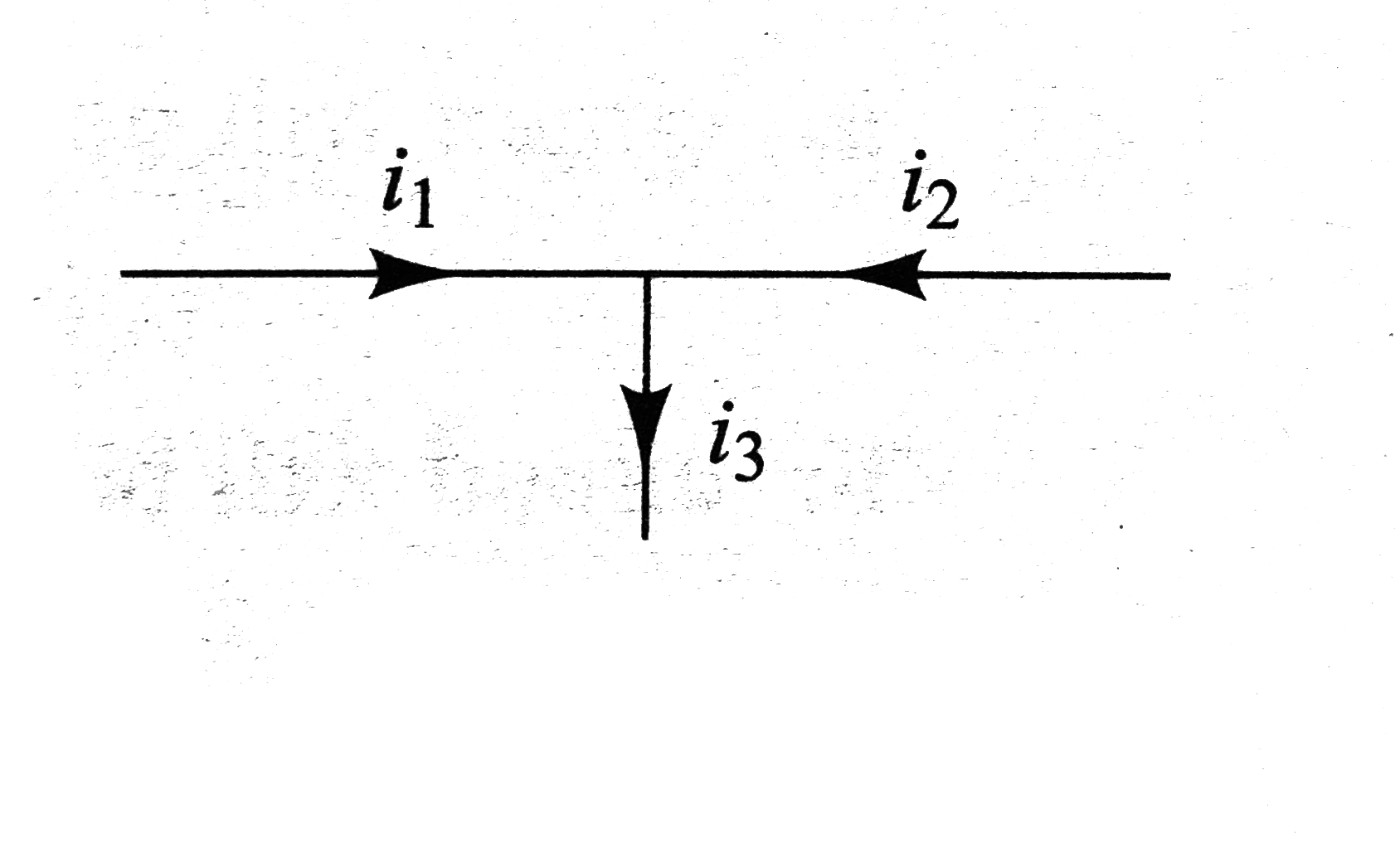Current in an ac circuit is given by I=3sinωt+4cosωt, then
rms value of current is 5A.
mean value of this current in any one half period will be (6/π).
If voltage applied is V=Vmsinωt, then the circuit may be containing resistance and capacitance only.
If voltage applied is V=Vmsinωt, then the circuit may be contain resostamce and inductance only.
The correct Answer is:C
To solve the problem step by step, we will analyze the current given in the AC circuit, calculate the RMS value, the mean value, and determine the type of circuit based on the phase difference between current and voltage.
Step 1: Rewrite the Current Expression
The current in the AC circuit is given by:
I=3sin(ωt)+4cos(ωt)
To simplify this expression, we can convert it into a single sine function using the formula:
Rsin(ωt+ϕ)=Rsin(ωt)cos(ϕ)+Rcos(ωt)sin(ϕ)
Where:
- R=√a2+b2
- a=3 and b=4
Step 2: Calculate the Amplitude R
Calculate R:
R=√32+42=√9+16=√25=5
Step 3: Determine the Phase Angle ϕ
Now, we need to find the phase angle ϕ:
tan(ϕ)=ba=43
To find ϕ:
ϕ=tan−1(43)
Step 4: Rewrite the Current
Now we can rewrite the current as:
I=5sin(ωt+ϕ)
Where ϕ=tan−1(43).
Step 5: Calculate the RMS Value
The RMS (Root Mean Square) value of the current is given by:
IRMS=I0√2
Where I0=5:
IRMS=5√2A
Step 6: Calculate the Mean Value
The mean value of the current over one complete cycle is given by:
Iavg=1T∫T0Idt
For a sine wave:
Iavg=I0π
Substituting I0=5:
Iavg=5πA
Step 7: Determine the Type of Circuit
Since the current leads the voltage by an angle ϕ (which is positive), this indicates that the circuit is capacitive. In a capacitive circuit, the current leads the voltage.
Summary of Results
- RMS Value: IRMS=5√2A
- Mean Value: Iavg=5πA
- Type of Circuit: Capacitive circuit (current leads voltage).
The current in the AC circuit is given by:
I=3sin(ωt)+4cos(ωt)
Rsin(ωt+ϕ)=Rsin(ωt)cos(ϕ)+Rcos(ωt)sin(ϕ)
- R=√a2+b2
- a=3 and b=4
Calculate R:
R=√32+42=√9+16=√25=5
Now, we need to find the phase angle ϕ:
tan(ϕ)=ba=43
ϕ=tan−1(43)
Now we can rewrite the current as:
I=5sin(ωt+ϕ)
Where ϕ=tan−1(43).
The RMS (Root Mean Square) value of the current is given by:
IRMS=I0√2
Where I0=5:
IRMS=5√2A
The mean value of the current over one complete cycle is given by:
Iavg=1T∫T0Idt
For a sine wave:
Iavg=I0π
Iavg=5πA
Since the current leads the voltage by an angle ϕ (which is positive), this indicates that the circuit is capacitive. In a capacitive circuit, the current leads the voltage.
- RMS Value: IRMS=5√2A
- Mean Value: Iavg=5πA
- Type of Circuit: Capacitive circuit (current leads voltage).
Topper's Solved these Questions
- ALTERNATING CURRENTBOOK - CENGAGE PHYSICS ENGLISHCHAPTER - ALTERNATING CURRENTEXERCISE - Exercises Multiple Correct
5 Videos
- ALTERNATING CURRENTBOOK - CENGAGE PHYSICS ENGLISHCHAPTER - ALTERNATING CURRENTEXERCISE - Exercises Assertion-reasoning
7 Videos
- ALTERNATING CURRENTBOOK - CENGAGE PHYSICS ENGLISHCHAPTER - ALTERNATING CURRENTEXERCISE - Exercises Subjective
15 Videos
- ATOMIC PHYSICSBOOK - CENGAGE PHYSICS ENGLISHCHAPTER - ATOMIC PHYSICSEXERCISE - ddp.4.3
15 Videos
Similar Questions
The potential difference V across and the current I flowing through an instrument in an AC circuit are given by:
V=5cosωt volt
I=2sinωt Amp.
View SolutionAn alternating voltage is given by: e=e1sinωt+e2cosωt. Then the root mean square value of voltage is given by:
View SolutionAn alternating voltage is given by: e=e1sinωt+e2cosωt. Then the root mean square value of voltage is given by:
View SolutionCurrent in an ac circuit is given by i=2√2sin[(πt+((π)/4)]. Then find the average value of current during time t=0 to t=1 s.
View SolutionCurrent in an ac circuit is given by i=2√2sin[(πt+((π)/4)]. Then find the average value of current during time t=0 to t=1 s.
View SolutionIf i1=3sinωtand(i2)=4cosωt, then (i3) is

View SolutionVoltage input in a circuit is V = 300 sin(ωt) with current = 100 cos(ωt) . Average power loss in the circuit is
View SolutionThe SHM of a particle is given by the equation x=2sinωt+4cosωt. Its amplitude of oscillation is
View SolutionCurrent in LCR ac circuit will be maximum when omega is
View SolutionFind the amplitude and initial phase of a partical in SHM, whose motion equation is given as
y=Asinωt+Bcosωt
View Solution
